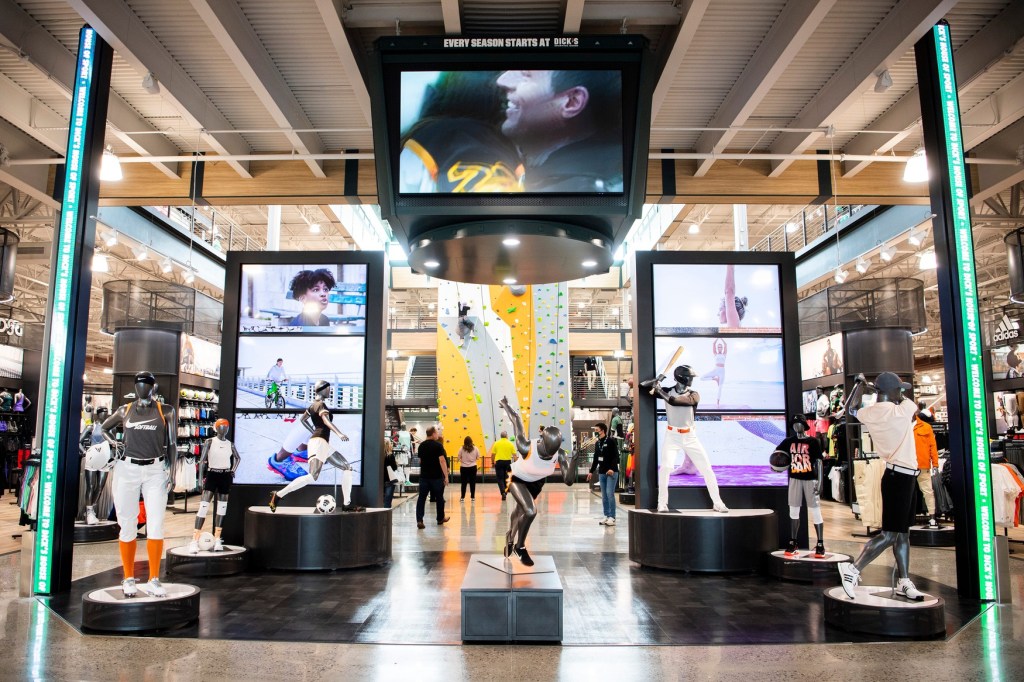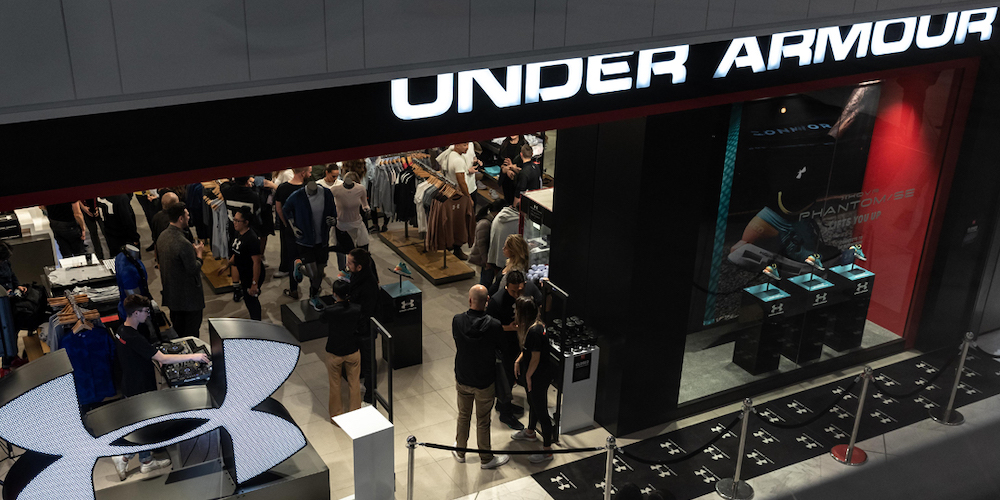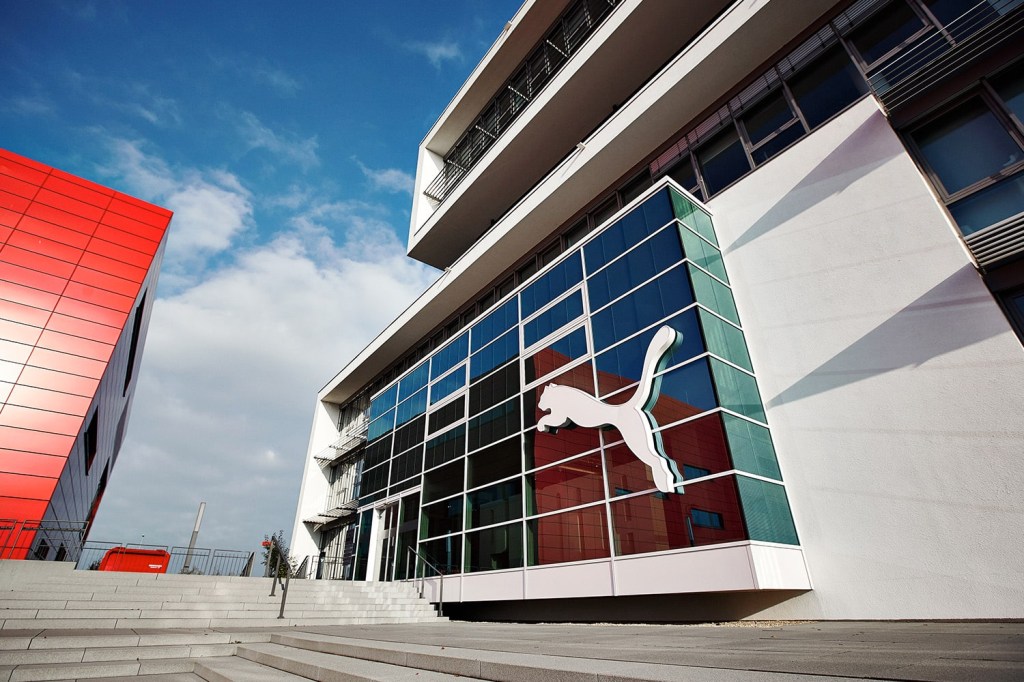The holiday shopping season is now in full flight, but for sports apparel retailers and manufacturers, the mood is anything but festive.
Many sporting goods giants are entering this critical selling period reeling from recent slumps. Nike, Under Armour, Adidas, and Puma have all suffered either revenue or earnings declines, or have generally missed Wall Street expectations. Foot Locker is expected to add to the list when it reports earnings on Nov. 29.
Those most recent reports extended a series of lagging company results from the summer and have brought a palpable sense of unease.
“When we look towards the balance of the year, we expect a further contraction in North America, mainly due to ongoing pressures in our wholesale business, which have gotten tougher since our last call,” Stephanie Linnartz, president and chief executive for Under Armour, said earlier this month. The company lowered its fiscal 2024 outlook to a 2-4% decline in revenue from a prior projection of “flat to up slightly.”
Even those companies in the sports apparel and footwear space that are somewhat bucking the downward trend of late, such as Dick’s Sporting Goods, are entering the final stretch of 2023 with a sense of trepidation.
“We are very excited about what we have within our control for Q4,” said Lauren Hobart, Dick’s president and CEO. “Our [store] teams are pumped to deliver an amazing holiday experience, but we’re balancing that with caution about the macroeconomic environment, because we know consumers are going through a lot right now.”
Despite nearly three years of uninterrupted job gains, that environment continues to grapple with other factors such as inflation, lagging consumer confidence, and rising interest rates.
The upshot is mixed expectations for U.S. retail activity overall during the holiday season, particularly for categories such as sports apparel and footwear.
“It’s pretty clear across the discretionary retail space that the environment is choppy and will likely continue to be so through the holiday,” Fitch analyst David Silverman told Reuters.
Boom And Bust
The darkened mood across the sports retailers and brands is a fundamental shift from trends seen during the pandemic.
During the global health crisis, many of these same companies posted quarter after quarter of record-level revenue and earnings, becoming the darlings of Wall Street as consumers flocked to safer pursuits such as home fitness, running, golf, and tennis.
Dick’s saw its stock rise 764% between March 2020 and September 2021. Since then, those same shares are down 16% as the company has struggled to maintain the same meteoric rate of growth.
Much of the same can be seen with fitness companies such as Lululemon, which is ending sales of its once-popular Mirror connected fitness device, and Peloton, which enjoyed a pandemic surge but posted a wider-than-expected loss this month.
“With limited marketing support, we saw more than 1 million consumers download the free version of our app,” Peloton CEO Barry McCarthy said this month in a letter to shareholders. “That’s the good news. The bad news is we were less successful at engaging and retaining free users and converting them to paying memberships.”
Peloton shares are down nearly 35% year to date, joining others such as Foot Locker, Under Armour, and Nike that have also posted double-digit percentage declines in 2023.
Like many other companies in the category, Dick’s is seeking to more quickly recalibrate its product and inventory mix to match a new and more competitive market reality.
“Last year … there were a few unusual events,” Hobart said. “There was a lump in outdoor equipment related to the pandemic. There was a lump in apparel related to the pandemic. That is not the story of this quarter.”
Will Demand Pick Up?
With the sluggish sales forecasts and quickly changing demand trends, closeouts and other sales are now becoming an increasingly problematic reality for many sports retailers and brands.
Adidas is dealing with a unique situation with the liquidation of its Yeezy inventory following the end of its association with controversial rapper Ye, formerly known as Kanye West, in the wake of his antisemitic comments. But that company, similar to several others in the category, is also battling larger inventory issues that are helping cut into margins and overall revenues.
“A lot of the retailers still have too much of the inventory that was not selling [and] is now being sold at a discount,” said Bjørn Gulden, Adidas CEO. “So the picture is not as clean as we would like it to be.”
Efforts to streamline those inventories, however, are also running into further obstacles from the weaker consumer demand.
“I think the industry seems pretty poised to enter the holidays with a leaner inventory than last year, which is good,” said David Bergman, Under Armour CFO. “Yet this doesn’t really guarantee that promotions will be lower because demand has also become a little softer relative to the macro.”
What these companies want for the holidays are better-than-expected sales, and a clear sense of momentum to carry them into 2024. But consumers will ultimately determine whether they will get their wish.







